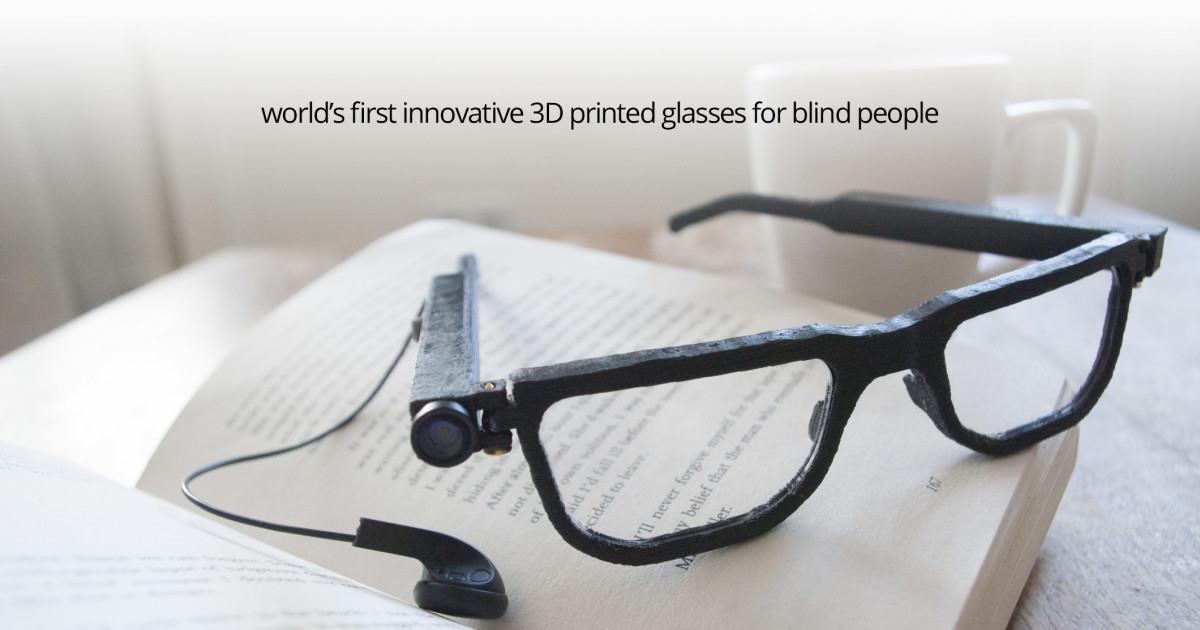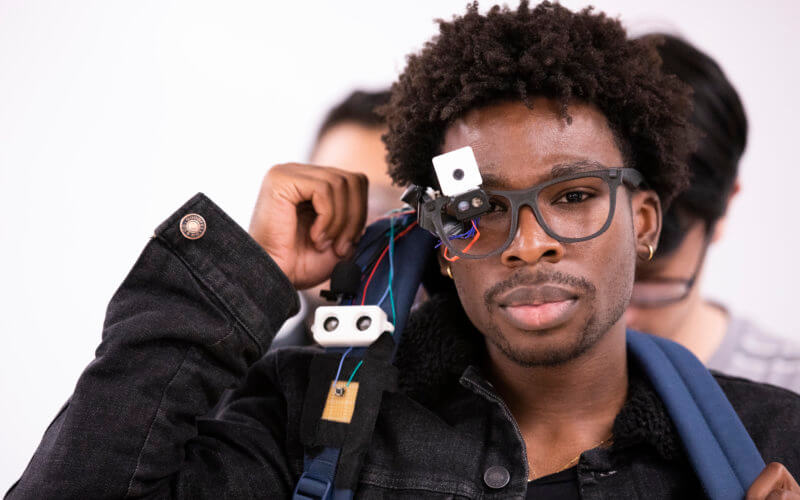Top Braille Displays and Notetakers to Enhance Accessibility for the Blind
Top Braille Displays and Notetakers to Enhance Accessibility for the Blind
Blog Article
Empowering Independence With Assistive Innovation for the Blind
The integration of assistive technology for individuals that are blind or aesthetically impaired stands for a substantial improvement in fostering independence and enhancing high quality of life. With a variety of tools-- from display visitors to cutting-edge tactile devices-- these technologies not just help with navigation and communication however additionally promote social addition and engagement in various elements of life.
Comprehending Assistive Innovation
Although assistive innovation has actually evolved substantially for many years, its essential objective continues to be the very same: to boost the high quality of life for people with disabilities, specifically those that are blind or aesthetically impaired. This modern technology incorporates a broad variety of tools and devices that facilitate self-reliance and performance in everyday activities.
Assistive technology can be categorized into state-of-the-art and low-tech services, each developed to meet details needs. High-tech gadgets usually consist of software applications, specialized equipment, and adaptive devices that make use of sophisticated innovation to provide assistance in numerous contexts. On the other hand, low-tech services might involve daily products that are modified to enhance availability, such as magnifiers or tactile pens.
The integration of assistive technology right into the lives of individuals who are blind or aesthetically hindered not only promotes freedom but additionally promotes social incorporation and involvement in specialist and educational environments. By leveraging these innovations, users can browse their environments, gain access to information, and interact effectively, consequently improving their overall top quality of life. Understanding assistive innovation is essential for advocates, experts, and caregivers who aim to sustain individuals in optimizing their potential and achieving greater self-reliance.
Types of Assistive Tools
Assistive devices for the aesthetically impaired and blind are necessary tools that enhance daily obeying attending to particular obstacles experienced by customers. These tools can be broadly classified right into 3 main types: optical devices, electronic tools, and sensory tools.

Sensory devices, such as Braille display screens and tactile maps, offer alternate methods to receive information. Braille displays convert digital text into Braille, enabling users to review touch. Responsive maps provide spatial understanding with elevated lines and textures, enabling better ecological understanding.
Together, these assistive devices empower individuals with aesthetic disabilities to engage more fully with their environments, promoting greater independence and self-confidence in day-to-day tasks.

Effect On Day-to-day Live
The combination of assistive innovation into the lives of individuals who are blind or visually damaged substantially improves their ability to navigate and connect with the world around them. Instruments such as display visitors, Braille displays, and mobile applications promote accessibility to information, enabling individuals to engage with digital material, communicate effectively, and handle daily tasks independently.
In addition, innovations like smart glasses and navigating apps offer real-time aid in unknown environments, boosting flexibility and confidence. These devices allow customers to determine barriers, reviewed indications, and even acknowledge faces, hence promoting a feeling of autonomy in public areas. Furthermore, home automation systems, which can be managed via voice commands, allow people to handle their living atmospheres better, improving convenience and safety.
The impact of assistive innovation expands beyond useful tasks; it advertises social inclusion and psychological health. By connecting the void between people and their surroundings, these technologies equip customers to participate completely in community activities, seek instructional opportunities, and engage kids eye doctor in purposeful connections. Inevitably, the advancement of assistive technology is critical in redefining the opportunities for individuals who are visually damaged or blind, resulting in a much more obtainable and inclusive society.
Success Stories and Reviews

An additional powerful testimony comes from Mark, a recent university grad who used screen reading software application throughout his scholastic journey. This technology allowed him to accessibility program materials and join discussions, inevitably causing his successful change right into the labor force. Mark credit ratings assistive technology for encouraging him informative post to accomplish his occupation goals, stressing its function in leveling the having fun area for people with visual problems.
Furthermore, recreation center have reported increased involvement in their programs thanks to the intro of obtainable electronic systems. These platforms have actually made it less complicated for individuals to connect, share resources, and support one an additional. These success tales jointly emphasize the extensive effect of assistive innovation in fostering freedom, enhancing lifestyle, and breaking down obstacles for the blind and aesthetically damaged area.
Future Patterns in Assistive Tech
Arising technologies are poised to change the landscape of assistive tech for people who are visually damaged or blind. Advancements in expert system (AI) and artificial intelligence are boosting the capabilities of tools, enabling even more instinctive customer experiences. AI-driven applications are increasingly able to acknowledge things and review text out loud in real-time, giving customers with valuable information regarding their environments.
In addition, improvements in wearable modern technology are developing brand-new chances for self-reliance. Smart glasses equipped with augmented reality attributes can overlay essential details onto the individual's visual field, assisting in navigation and interaction with the setting. Moreover, the integration of Internet of Points (IoT) gadgets straight from the source is improving accessibility in wise homes, enabling individuals to regulate home appliances and receive alerts with voice commands or responsive interfaces.
The advancement of braille display screens and tactile responses systems is likewise increasing, promoting access to electronic content and enhancing interaction. As these innovations proceed to develop, they guarantee to boost everyday living, academic possibilities, and employment potential customers for people with visual impairments. Constant cooperation between technologists, individuals, and campaigning for groups will be crucial in guaranteeing these technologies meet the demands of the neighborhood successfully.
Verdict
Finally, assistive innovation plays a crucial function in improving the freedom of people that are aesthetically damaged or blind. By giving important tools and sources, these innovations promote improved communication, navigation, and access to details, therefore cultivating autonomy and self-esteem. The transformative effect of assistive gadgets not only promotes effective communication with the setting however likewise encourages social inclusion and involvement in numerous aspects of life, ultimately empowering users to flourish within their communities.
The integration of assistive modern technology for people who are aesthetically impaired or blind represents a substantial improvement in promoting self-reliance and enhancing top quality of life.The assimilation of assistive innovation into the lives of individuals who are blind or visually impaired not only advertises autonomy but also cultivates social addition and involvement in academic and professional environments. Inevitably, the improvement of assistive technology is crucial in redefining the possibilities for individuals that are blind or aesthetically impaired, leading to an extra comprehensive and accessible culture.
Numerous individuals that are blind or visually damaged have shared inspiring success stories that highlight the transformative effect of assistive technology on their lives.In final thought, assistive technology plays an essential role in boosting the independence of people that are aesthetically impaired or blind.
Report this page